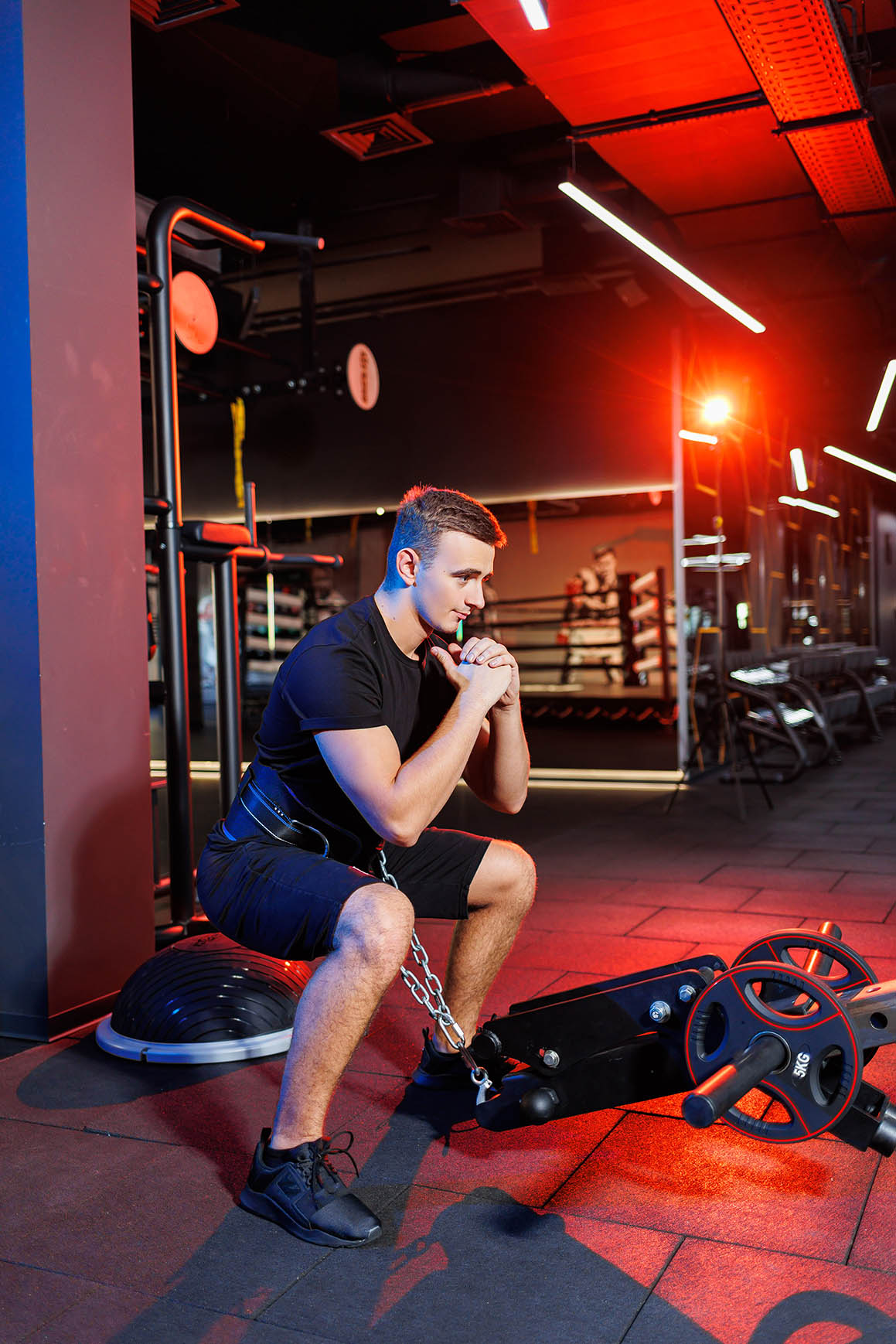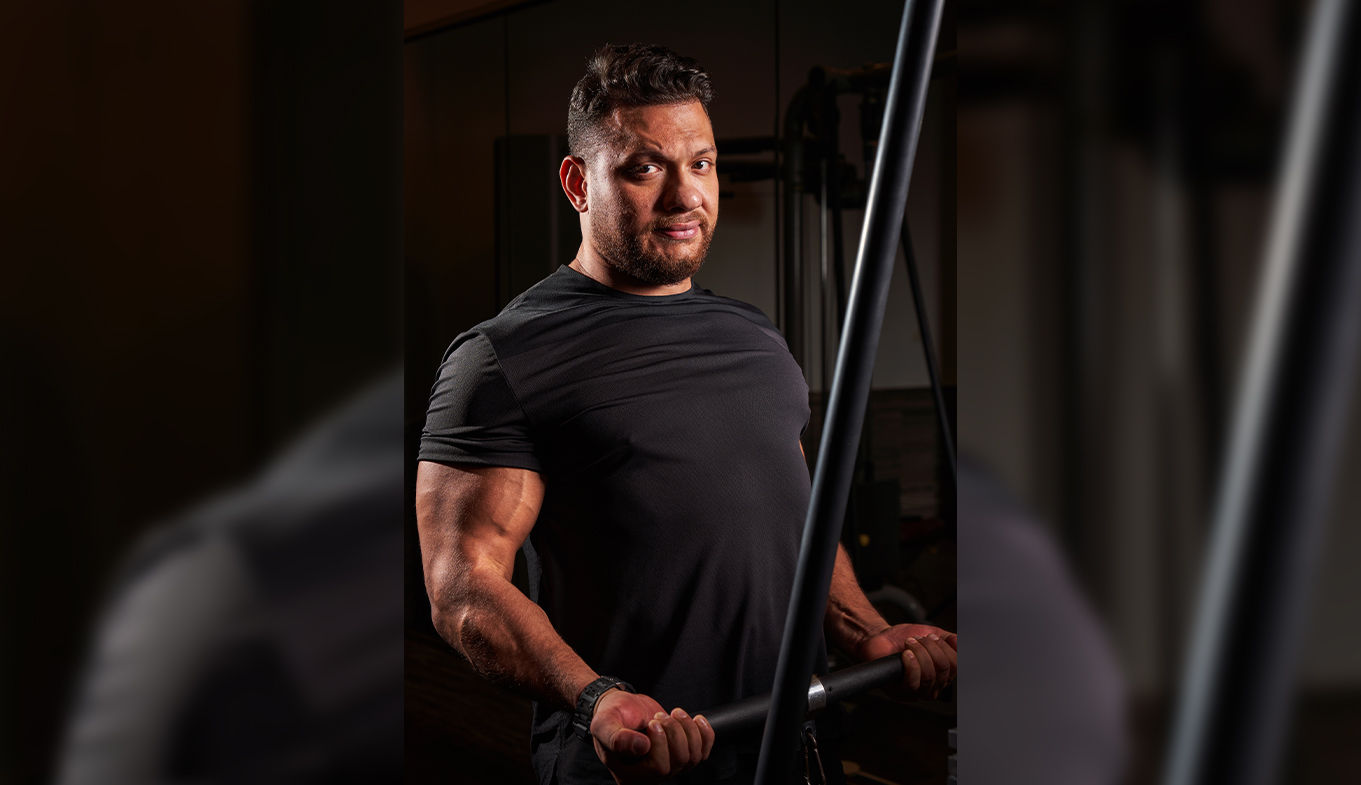Exercising During Ramadan Importance, Safety Factors, and Health Precautions
The Physiological and Health Importance of Exercising During the Holy Month of Ramadan:
- Doctors and specialists unanimously emphasize the importance of regular and consistent exercise throughout the year to maintain the health and efficiency of vital organs, physical and health fitness, and prevent various diseases associated with modern life. Therefore, engaging in physical activity during Ramadan becomes essential for preserving the vitality and health of the body. The daily routine and the body's system change during Ramadan, as the number of nighttime sleeping hours decreases, daytime physical activity decreases, and it becomes concentrated in the evening. Additionally, the dietary system undergoes changes in terms of the number, timing, and type of meals, coupled with a reduction in water intake.
The Physiological Changes Experienced by Fasting Individuals:
- The physiological changes experienced by fasting individuals vary depending on the placement of the holy month within the seasons of the year. For example, if Ramadan falls in the month of January, the fasting period is approximately 12 hours, with daytime temperatures not exceeding 25 degrees Celsius and normal humidity levels. However, during the summer months, the fasting period extends to about 16 hours, with high temperatures exceeding 37 degrees Celsius during the day and humidity levels rising to more than 90% at times.
- Certainly, the nutrition of an individual and their readiness for fasting, as well as engaging in physical activity, differ between the first scenario and the second scenario, as well as cases that fall in between the two extremes. Additionally, the beginning of the fasting month differs from its end. In the first scenario, the period of abstaining from food prolongs (12 hours), which is more than the usual fasting period between meals (6-8 hours) by about 50% only. During this time, individuals do not feel thirsty or experience dehydration due to the absence of a significant increase in ambient temperature.
- In the second scenario, the period of food deprivation extends to approximately 16 hours, doubling the usual fasting period between meals (6-8 hours), leading to a significant loss of body fluids. This is followed by a pronounced sense of thirst due to the rise in ambient temperature.
- Fasting and exercising constitute an opportunity to burn stored fats, as physical activity stimulates all oxidative processes and energy production systems in the body.
- Engaging in exercise during Ramadan enhances the efficiency of liver function, activates the digestive process, increases muscular system efficiency, aids in eliminating body fat, and helps maintain body weight after consuming rich and fatty Ramadan meals. Furthermore, exercise contributes to the improved efficiency of the circulatory system, increasing the production of red blood cells and consequently elevating the quantity of hemoglobin responsible for carrying and transporting oxygen to the body's cells.
- Additionally, exercise increases the production of white blood cells, thereby enhancing the body's immune system and its ability to resist diseases. It also boosts the production of platelets, preparing the body for rapid clotting in case of bleeding.

Dehydration in the Human Body:
When exercising in a hot environment, water loss occurs. Since sweat evaporates, cooling the human body, there is a physiological principle stating that the body maintains its fluids. The body cannot function optimally unless fluid levels are replenished. This is evident in activities that require rapid weight loss, such as boxing, where the body's functions cannot be regulated unless these fluids are replaced. During fasting, athletes may experience water deficiency, which is a dangerous condition as it increases blood viscosity, burdens the heart and circulatory system, and can lead to various heat-related injuries (heat shock, heat exhaustion).
If fasting occurs in a hot environment, it is essential to consider the heat and how to overcome it. To be aware of this, the coach weighs the athlete at the beginning and end of the training session. It is considered that any weight loss is a result of fluid loss. For example, if the weight decreases by a kilogram, it means that the athlete has not replenished fluids, and this can lead to injuries such as muscle cramps or heat stress. Therefore, it is crucial to pay close attention to this aspect.
Therefore, training in air-conditioned gyms is considered beneficial to maintain body fluids, especially during the summer.
Training Recommendations During Fasting
- Engaging in sports during the month of fasting constitutes a physiological challenge for athletes and should be done according to specific rules and careful conditions. It is advisable to refrain from intense physical activity when the temperature rises above 37 degrees Celsius and humidity levels increase. Such conditions may expose athletes to heat stress, dehydration, and a concentration of body fluids.
- If the temperature is below 25 degrees Celsius and humidity is moderate, it facilitates practicing sports while fasting.
- It is essential to load up on carbohydrates before starting the fasting period.
- It is advisable to engage in sports during the first 6-8 hours of fasting to utilize liver and muscle glycogen as a source of glucose.
- In the case of playing after 8-10 hours, players should avoid excessive exertion during the game.
- If playing after 10-12 hours of fasting, a significant number of fatty acids will be burned, leading to an increase in ketone bodies in the blood and an elevation in blood acidity. This can affect the efficiency and concentration of players' performance.
- Suhoor (pre-dawn meal) should be delayed as much as possible, and fasting should commence close to dawn, with players regulating their sleep schedules to ensure an adequate continuous sleep period.
- Training should be conducted at the same time as the competition and under similar conditions.

In the case of playing after Iftar (breaking the fast):
It is preferable to play after 4-6 hours of Iftar to allow the body to effectively utilize glucose, whether for direct oxidation or replenishing glycogen stores in the liver.
In all cases, it is important to increase the consumption of juices and fluids, while also considering the nutritional composition of the meal, ensuring it includes all essential nutrients and maintains a balance of carbohydrates, fats, and proteins.
For forming the training load during fasting, the following is recommended:
- Gradually reduce the training load during the first week of Ramadan, then progress to allow the player to adapt to training during the month of Ramadan.
- Ensure continuous replenishment and compensation of glycogen, with the presence of a nutrition specialist.
- Monitor symptoms of excessive training resulting from glycogen depletion, such as a feeling of heaviness in the legs.
- Promptly replace lost water while monitoring body weight.
- Coaches should be aware of heat-related injuries, with symptoms including dehydration, changes in facial color, and headaches.
- Sufficient sleep hours are essential to avoid overtraining.
- Preferably conduct training in air-conditioned gyms.
- There should be at least six hours between training sessions.
It is important to identify the most suitable times for exercising during Ramadan!
Specialists, including doctors, sports physiologists, and general health experts, recommend exercising alongside fasting, emphasizing its importance in preventing weight gain, stimulating blood circulation, avoiding lethargy, combating laziness, and dispelling negative energy. They point out that the choice of the exercise period during Ramadan depends on age and health condition.
The goal of exercise and the best times for physical activity during Ramadan are typically divided into two periods:
- Exercising before Iftar for 1 to 1.5 hours:
- It is recommended to engage in light to moderate exercise during fasting for about half an hour daily, concluding the physical activity close to Iftar time for quick replenishment of fluids, minerals, and lost energy. The exercise should be light to moderate intensity, such as walking, light jogging, or cycling in moderate weather, away from extreme heat or high humidity, to protect the fasting individual from heat stress.
- Hot weather increases fluid loss and susceptibility to dehydration. Seniors and individuals with specific health conditions like diabetes, hypertension, and kidney diseases are advised against exercising before Iftar in Ramadan since the body is in a dehydrated state. It is recommended to exercise after Iftar to ensure adequate water intake. Physical exertion during sports increases sweat secretion, leading to water consumption in the body.
- Doctors also caution against intense exercise for kidney patients and those with urinary stones, as it may increase the likelihood of stone presence. Individuals with heart and cardiovascular diseases have higher risks of clotting, so it is advisable to limit exercise to walking, preferably after Iftar.
- Exercising before Iftar in Ramadan has advantages, such as activating the body, enhancing its ability to eliminate toxins resulting from metabolic processes, and being ideal for those aiming to lose weight. As blood sugar is at its lowest levels at the end of the fasting day, the body turns to stored fats as an energy source, promoting a sense of comfort and relaxation.
- Exercising 3-4 hours after Iftar:
- Exercising immediately or shortly after Iftar is not recommended during Ramadan. Most of the blood, food, and oxygen are directed to the stomach and digestive system to complete the digestion process. It is crucial to drink enough fluids before exercising without exaggeration. High-intensity workouts or exercising for more than an hour should be avoided to prevent fatigue and stress.
- Exercising after Iftar for 3-4 hours is beneficial, as the body has completed the digestion process, reducing the risk of indigestion issues. It is essential to consume sufficient liquids before starting the exercise. Avoid exercising for more than an hour or engaging in high-intensity training to prevent exhaustion and stress.
- Exercising after Iftar is suitable for seniors and individuals with specific health conditions such as diabetes, hypertension, and heart problems. It stimulates and accelerates metabolic processes, aiding in burning excess calories derived from consumed food. After digestion is complete, the priority for energy shifts to the main active part, the muscles.Top of Form
















